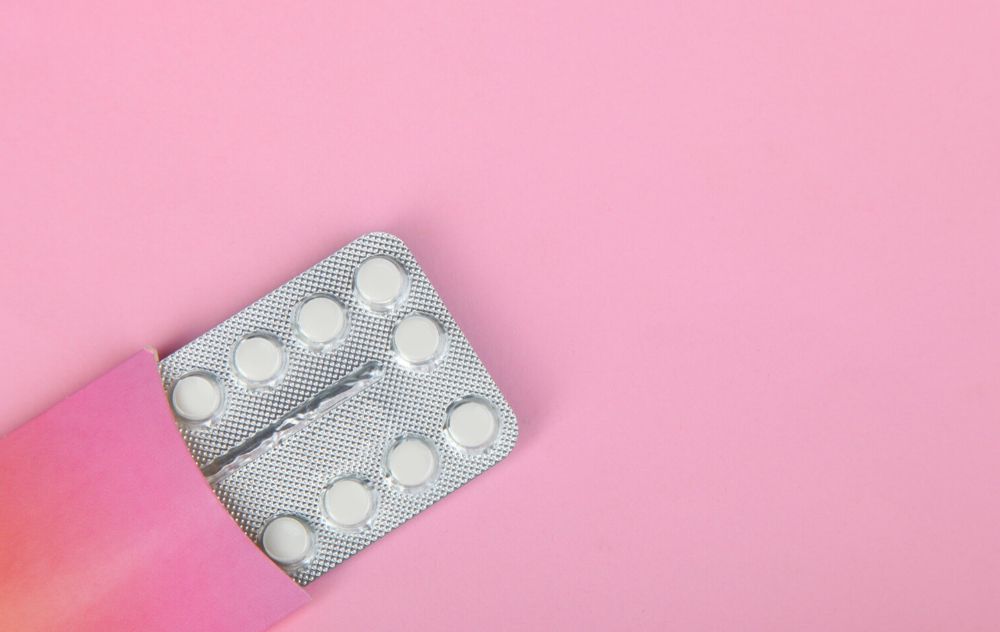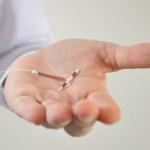
According to the Centers for Disease Control, about 12 percent of women in the US ages 15 to 49 are currently taking birth control pills. Although birth control pills are marketed as a method of avoiding pregnancy (contraception), they can also provide other health benefits. Some women may start taking birth control as early as 13-15 years old depending on the severity of their PMS. Women who experience heavy, painful periods often find relief from taking birth control, however, relief is usually temporary.
Like any form of medication, there are risks and side effects. Most of the time, the side effects of birth control are mild and easily managed. Side effects and risks from taking birth control don’t usually cause problems unless it is taken long term (longer than 5 consecutive years).
Risks of Birth Control Pills: What You Need to Know
The most common risk of birth control pills is blood clots. The risk for developing blood clots varies across different types and dosages of the pill. For example, some women may take a “progestin-only” pill, which is a low-dose form of birth control not known to cause many side effects. However, for women that take higher dose combination pills, or pills that include both estrogen and progestin, the risk for developing blood clots can double or even triple.
Fibroids and Birth Control Pills
Certain types of birth control can cause fibroids to grow larger, while a low dose may not cause this type of growth. There is no direct evidence that shows birth control pills can contribute to the development of fibroids. Fibroids are unpredictable and have many different causes, however, there may be a connection between the hormonal imbalance that occurs when stopping birth control and fibroid growth.
If you experience heavy, painful periods that last for more than 10 days, it could be due to uterine fibroids. Although fibroids are noncancerous, they have the potential to cause complications if left untreated.
Symptoms of Fibroids
Fibroids symptoms can vary from woman to woman depending on age, overall state of health, and lifestyle. Also, the symptoms that occur due to uterine fibroids can vary based on the size and number of the fibroids. Many women with very large fibroids experience symptoms that interfere with other aspects of life such as painful sex or frequent urination.
For some women, especially those going through menopause, signs, and symptoms of fibroids may seem non-existent. However, it’s important to know what to look for in case you do start experiencing symptoms, such as:
- Heavy and prolonged menstruation between or during your periods
- Anemia, which can lead to fatigue
- Pain during intercourse
- Frequent urination
- Constipation and/or bloating
- Pain in your pelvis or lower back
- Increased menstrual cramping
- Stomach swelling
Treatment for Fibroids
Hormonal birth control can be a very effective way to prevent pregnancy, but it can also cause unwanted side effects and increase your risk for certain health conditions. If you have fibroids or think you may be at risk, it’s important to talk to your doctor about all of your treatment options.
One non-surgical treatment option for fibroids is uterine fibroid embolization (UFE). UFE is a safe and effective procedure that blocks the blood supply to fibroids, causing them to shrink and die. UFE is done in an outpatient setting and does not require a hospital stay. It is also covered by most insurance plans.
If you are considering UFE for the treatment of your fibroids, USA Fibroid Centers can help. We have clinics located across the country and our team of experts is dedicated to providing you with the best possible care. Schedule a consultation with us today to learn more about UFE and whether it is right for you.
Here are some of the benefits of UFE:
- It is a non-surgical procedure that does not require a hospital stay.
- It is covered by most insurance plans.
- It is safe and effective.
- It preserves the uterus, which is important for women who may want to have children in the future.
If you are looking for a safe and effective treatment for your fibroids, UFE may be a good option for you. Schedule a consultation with USA Fibroid Centers today to learn more.



